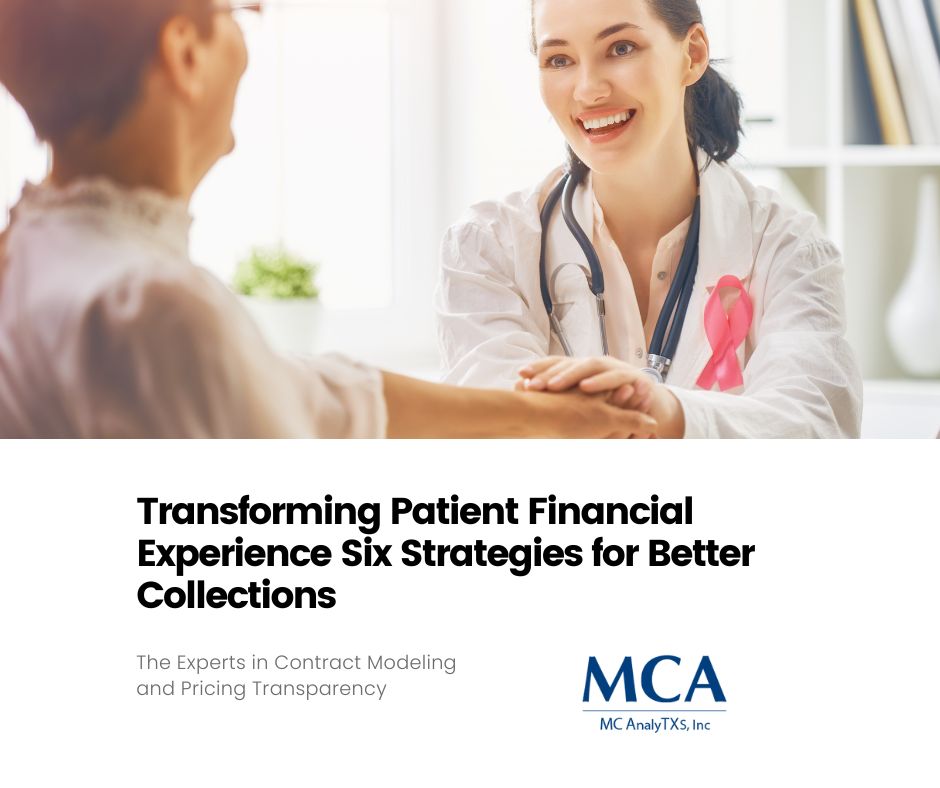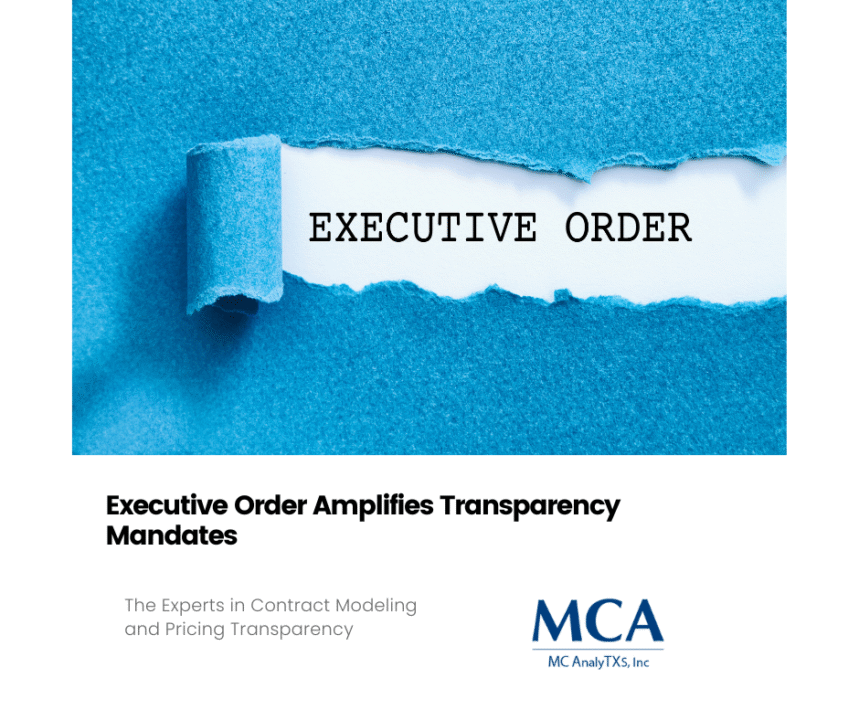
Best Practices for Denials Prevention in RCM Management
June 13, 2024
Introduction
Navigating patient financial experience can be challenging. From transparent billing to efficient collections, healthcare providers must prioritize financial interactions. In this guide, we’ll explore six strategies to improve collections and enhance the patient financial experience.
The Importance of a Streamlined Patient Financial Experience
A streamlined patient financial experience is crucial in healthcare. It ensures patients understand costs, leading to timely payments and reduced stress. More than just financial benefits, it enhances patient satisfaction, building trust and loyalty.
Healthcare providers face mounting pressure to provide quality care while managing financial health. Balancing these aspects can be complex. However, adopting effective financial strategies can streamline processes and ensure a positive patient experience.
By focusing on improving patient financial interactions, healthcare providers can expect better collections, increased patient satisfaction, and a stronger financial foundation. Let’s explore how to achieve these goals with six actionable strategies.
Implementing Transparent Billing Practices
Transparent billing practices are the foundation of a positive financial experience for patients. Clearly presenting charges and explaining them can significantly reduce patient confusion and frustration.
Start by providing detailed and itemized bills. Break down each cost, explaining what patients are paying for. This transparency helps patients understand their financial responsibilities and reduces surprise charges, which can lead to dissatisfaction and delayed payments.
Additionally, communicate effectively before treatment begins. Provide estimates and explain potential costs upfront. This proactive approach builds trust and sets the tone for open financial communication, ultimately improving payment timelines.
Finally, use simple language in all billing communications. Avoid medical jargon and complex terms that may confuse patients. Clear and easy-to-understand bills foster a sense of transparency, enhancing the overall patient financial experience.
Offering Patient-Friendly Payment Options
Offering patient-friendly payment options is essential for improving collections and patient satisfaction. Patients value flexibility, and accommodating their needs can lead to more timely payments.
Consider implementing multiple payment methods. Allow patients to pay via credit card, debit card, online portals, and mobile apps. Providing various options ensures convenience and accessibility, catering to different patient preferences and circumstances.
Installment plans and financing options can also make a significant difference. For larger bills, offering the ability to pay in smaller, manageable amounts can ease the financial burden on patients. This approach demonstrates empathy and understanding, fostering positive financial interactions.
Lastly, consider discounts for early payments or prompt pay incentives. Small financial incentives can motivate patients to settle their bills sooner, improving your cash flow and reducing outstanding balances.
Utilizing Technology for Efficient Collections
Leveraging technology can revolutionize collections and patient financial experiences. Advanced tools and software streamline processes, making it easier for both patients and providers.
Automated billing systems are a game changer. They reduce manual errors, ensure timely invoicing, and provide patients with accurate and consistent bills. Automation also frees up staff time, allowing them to focus on more critical tasks and patient interactions.
Patient portals offer a centralized platform for all financial activities. Patients can view bills, make payments, and access financial information anytime, anywhere. This convenience promotes engagement and timely payments, improving overall collections.
Artificial Intelligence (AI) and data analytics can enhance predictive billing and personalized financial interactions. By analyzing patient payment behaviors and financial histories, AI can predict potential payment challenges and tailor financial plans accordingly. This proactive approach improves collections and patient satisfaction.
Enhancing Communication with Patients About Their Financial Responsibilities
Clear and compassionate communication about financial responsibilities is key to a positive patient experience. Proactive and empathetic discussions can prevent misunderstandings and foster trust.
Start with early and frequent communication. Inform patients about their financial responsibilities before treatment begins and provide regular updates throughout their care. This transparency reduces anxiety and prepares patients for upcoming costs.
Use multiple communication channels to reach patients. Combine phone calls, emails, text messages, and face-to-face interactions to ensure they receive and understand the information. Diverse channels cater to different preferences and increase the likelihood of successful communication.
Train staff to communicate with empathy and clarity. Financial conversations can be sensitive, and a compassionate approach can make a significant difference. Ensure staff members are equipped with the skills to handle these discussions professionally and kindly.
Training Staff for Effective Financial Conversations
Your staff plays a crucial role in the patient’s financial experience. Proper training ensures they handle financial discussions with confidence and empathy, leading to better patient interactions and improved collections.
Invest in comprehensive training programs focused on financial communication. Teach staff the importance of clear, honest, and compassionate conversations. Equip them with practical skills to explain costs, answer questions, and address concerns effectively.
Role-playing scenarios can be an excellent training tool. Simulate various patient interactions, allowing staff to practice their responses and refine their communication techniques. This hands-on approach helps them prepare for real-life situations and improves their confidence.
Regularly update training programs to reflect changes in billing practices, technology, and industry standards. Continuous learning ensures your staff stays current, enhancing their ability to provide exceptional patient financial experiences.
Emphasizing the Patient Experience in All Financial Interactions
Patient experience should be at the forefront of all financial interactions. By prioritizing patient needs and expectations, healthcare providers can create positive and lasting impressions.
Adopt a patient-centric approach in all financial communications. Focus on empathy, transparency, and understanding. Recognize the emotional impact of financial conversations and strive to make patients feel supported and valued.
Collect and act on patient feedback. Regularly survey patients about their financial experiences and use their insights to improve your processes. Addressing patient concerns demonstrates your commitment to their satisfaction and helps build trust.
Integrate patient experience metrics into your financial performance evaluations. Track key indicators like patient satisfaction scores, payment timelines, and feedback trends. Use this data to refine your strategies and enhance the overall patient financial experience.
Conclusion
In conclusion, improving collections and the patient financial experience requires a strategic and patient-centric approach. By implementing transparent billing practices, offering patient-friendly payment options, leveraging technology, enhancing communication, training staff, and emphasizing the patient experience, healthcare providers can achieve significant benefits.
These strategies not only improve collections but also enhance patient satisfaction and loyalty. A positive financial experience fosters trust, reduces stress, and encourages timely payments, ultimately strengthening your organization’s financial health.
Ready to transform your patient’s financial experience? Start implementing these strategies today and see the positive impact on your collections and patient relationships. For further assistance and expert guidance, consider reaching out to our team for personalized support and insights.
By focusing on these key strategies, healthcare providers can create a seamless and supportive financial experience for their patients, ensuring a strong foundation for both financial success and patient satisfaction





